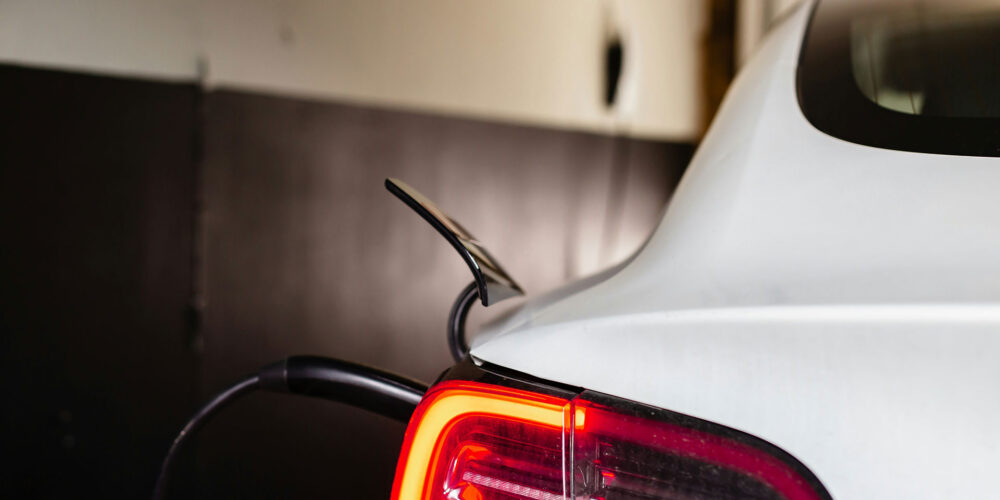As electric vehicles (EVs) become increasingly common on UK roads, more drivers are finding themselves learning a whole new approach to vehicle maintenance. While EVs are celebrated for their lower running costs and simpler mechanical systems, the core component, the high-voltage battery, deserves special attention. It’s the most valuable part of the car and the one that will define its long-term performance and resale value.
Understanding how to maintain your EV battery isn’t just about making it last longer. It’s also about protecting your investment and ensuring you get the most out of your car, both in terms of range and reliability. Here’s a closer look at battery maintenance strategies that go beyond the basics.
Charging Habits Matter More Than You Think
Most EV drivers know not to charge their car to 100% all the time, but many still do it out of convenience or habit. Lithium-ion batteries, which are used in the vast majority of EVs, degrade faster when consistently kept at very high or very low states of charge. Keeping your charge between 20% and 80% for everyday use can dramatically slow down long-term degradation.
If you’re planning a longer trip and need the full range, charging to 100% occasionally is fine. Just avoid leaving the car at that level for extended periods, especially in warmer weather. Similarly, letting the battery drop below 10% regularly can put unnecessary strain on the cells.
Fast charging is another factor. While it’s a great tool for convenience, regular use of ultra-rapid charging (particularly above 100kW) can cause the battery to heat up more than usual. That thermal stress builds up over time and may contribute to faster degradation, especially in older EVs that lack sophisticated cooling systems.
The Role of Battery Thermal Management
Many drivers aren’t aware that their EVs’ cooling and heating systems also regulate the battery pack’s temperature. A well-maintained thermal management system is essential for keeping your battery within the ideal operating range.
If your EV has an active liquid cooling system, make sure it’s checked during routine car servicing. Over time, the coolant can degrade, or the pump may develop issues. Even a clogged vent or faulty sensor can lead to heat build-up, especially during rapid charging or in high summer temperatures.
Some budget EVs rely on passive air cooling, which is less effective in hot weather. In these cases, parking in the shade, pre-conditioning your battery before trips, and avoiding high-speed driving immediately after charging can all help reduce heat-related stress.
Software Updates and Battery Management
One of the advantages of modern EVs is that manufacturers can push over-the-air updates to improve battery performance and even extend range. These updates often include refinements to the battery management system (BMS), which monitors cell voltage, temperature, and charge cycles.
Keeping your EV’s software up to date should be part of your battery care routine. These updates can improve charging efficiency, reduce wear, and even correct earlier issues in cell balancing or thermal management.
In some cases, the BMS may also recalibrate the battery range estimation, especially after a firmware update. If your range suddenly seems to drop or increase, it may not indicate a real change in battery health but simply a more accurate reading from an updated system.
Storage and Long-Term Parking
If you plan to leave your EV parked for several weeks or more, whether it’s during a long holiday or while using another vehicle, how you store it matters. EV batteries self-discharge very slowly, but over time, they can still lose charge.
Ideally, store the car with a battery level between 50% and 60%. Some manufacturers recommend plugging the car in and enabling a storage or “long-term mode” if available. This helps preserve the battery without triggering constant charging cycles.
Extreme temperatures are also a risk. If your car is stored in freezing or very hot conditions, it could trigger protective limits within the BMS or reduce performance temporarily. A garage or shaded area is best if available.
Regular Servicing Still Matters
While EVs generally require less maintenance than petrol or diesel cars, they still benefit from regular inspections. A reputable independent garage that specialises in EVs can check key systems like the inverter, onboard charger, and battery health indicators.
It’s also worth asking your service provider to run a battery health report if your vehicle supports it. This report can show state of health (SOH), charge cycles, and even how balanced the cells are, valuable information if you plan to keep the car for years or sell it on.
It’s Not Just Plug and Go
Caring for an EV battery isn’t complicated, but it does require a shift in mindset. It’s not just about mileage anymore; it’s about how, where, and when you drive and charge. Thoughtful charging habits, careful temperature management, and staying on top of software and service can help your battery last well beyond its warranty period.
Electric vehicles may be changing the automotive landscape, but like any advanced machine, they still reward owners who take the time to understand what’s under the bonnet, or in this case, under the floor. By going beyond the basics, you’ll protect your investment and keep your EV performing at its best.

